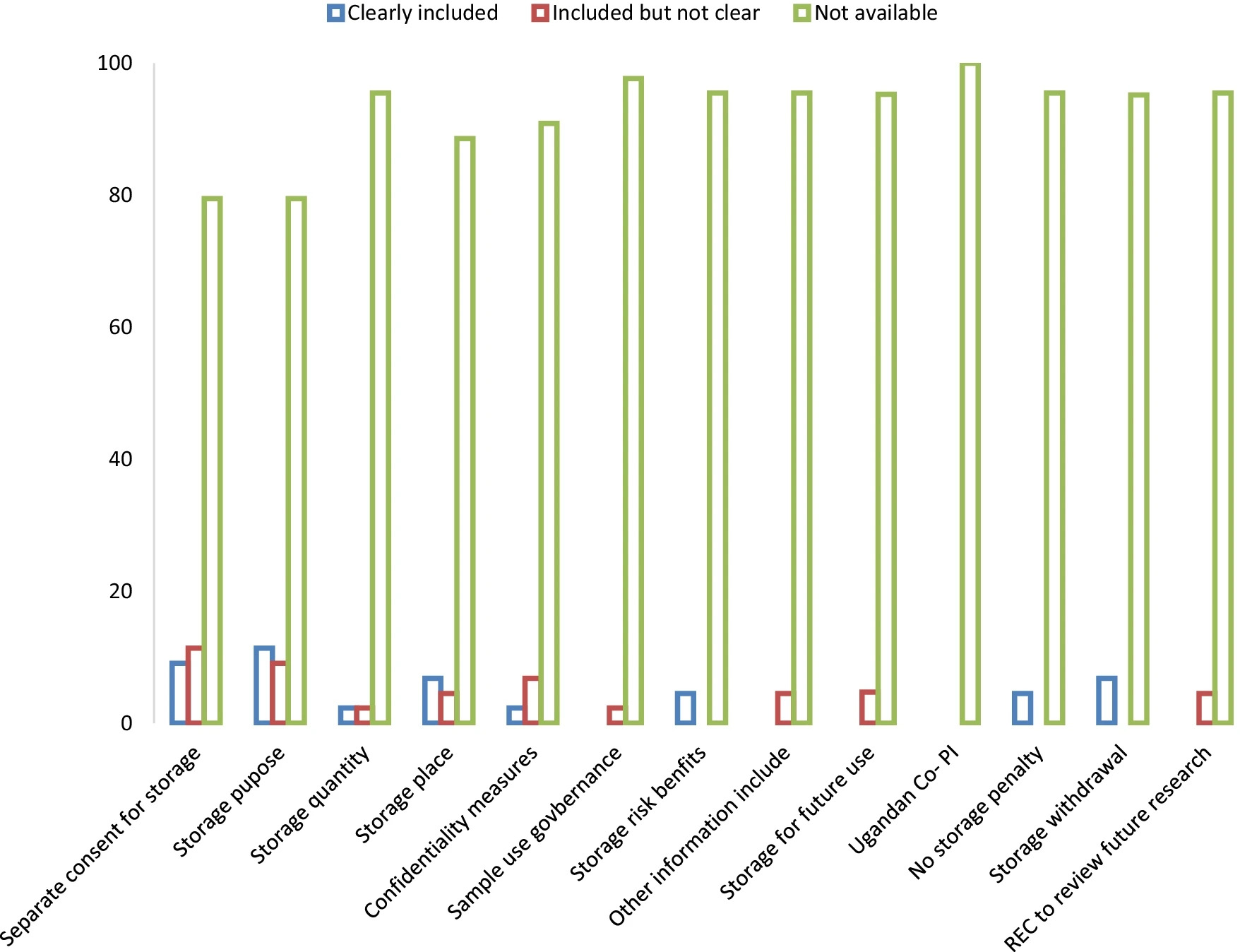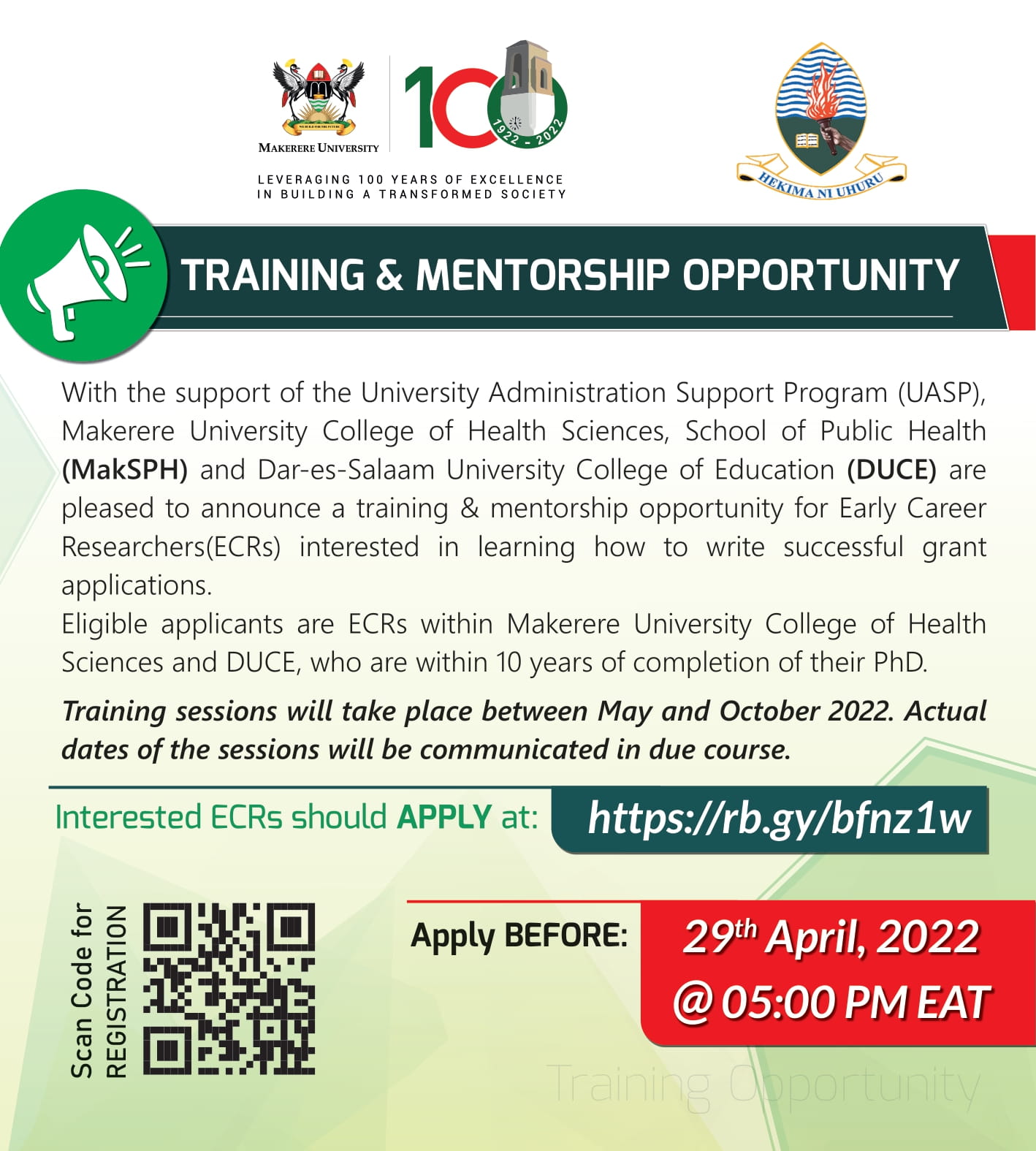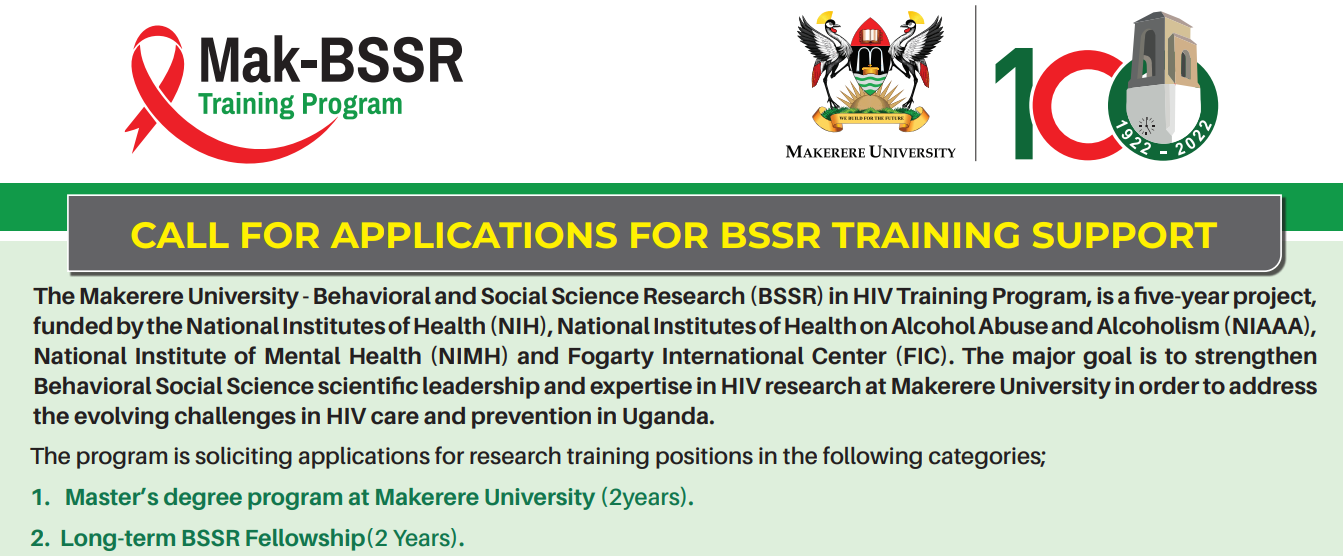- Published: 29
- Joseph Ochieng,
- Betty Kwagala & Nelson Sewankambo
Abstract
Background
Human biological materials are usually stored for possible future use in research because they preserve valuable biological information, save time and resources, which would have been spent on collection of fresh samples. However, use of these materials may pose ethical challenges such as unauthorized disclosure of genetic information, which can result in dire consequences for individuals or communities including discrimination, stigma, and psychological harm; has biosecurity implications; and loss of control or ownership of samples or data. To understand these problems better, we evaluated the extent to which tuberculosis (TB) clinical research protocols that were used to collect and store biological materials for future use conform to the requirements stated in the Uganda national guidelines for research involving humans as participants.
Methods
This was a retrospective review of TB clinical research projects approved by the Uganda National Council for Science and Technology (UNCST) from 2011 to 2015, to examine whether they fulfilled the requirements for ethical collection and use of human materials. Data were abstracted through review of the project protocols using a template developed based on the informed consent and the Materials Transfer Agreement (MTA) requirements in the national guidelines.
Results
Out of 55 research protocols reviewed, most of the protocols 83.6% had been used to collect the stored samples (sputum, blood and sometimes urine), 28% had a section on specimen collection and 24% mentioned ownership of the biological materials. With respect to review of the consent forms used in the studies that stored materials for future use, only 9% of the protocols had a separate consent form for storage of materials, 4.5% of the consent forms explained the risks, 11.4% explained the purpose of the study while 6.8% mentioned the place of storage for the collected materials.
Conclusion
Many of the studies reviewed did not meet the requirements for collection and storage of biological materials contained in the national guidelines, which indicates a need to additional training on this topic.



